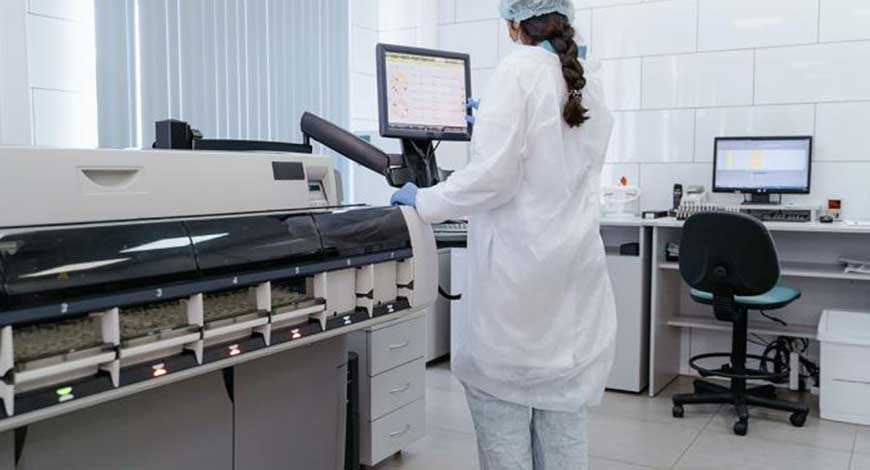International Circuit
Needle moving on drug monitoring program efficacy

A new brief from the Office of the National Coordinator for Health Information Technology data says that one-third of prescribers now access prescription drug monitoring programs through their electronic health records and 62% reported they used electronic prescribing of controlled substances technologies often – up from 37% in 2019.
Why it matters
“The use of (PDMPs) and electronic prescribing of controlled substances (EPCS) technology is critical to improving opioid prescribing practices, informing treatment decisions and supporting safe and effective patient care,” wrote Richwine and Everson in a new HealthIT blog post.
They say the new data add to previous analyses demonstrating the benefits of the systems by showing greater frequency and ease of use among physicians with PDMPs integrated into EHRs.
Nearly 71% of physician prescribers used EPCS in 2021 with 62% reporting they used it often. That’s “a significant increase from just over one-third of prescribers that reported using EPCS ‘often’ in 2019 (37%),” according to Richwine and Everson.
PDMP use was steady between 2019 and 2021, with more than three-quarters (78%) of physician prescribers indicating they checked their state’s PDMP prior to prescribing controlled substances like opioids to a patient for the first time.
However, one-third of prescribers now access the PDMP through their EHRs, compared to one-fifth in 2019.
The larger trend
Data integration has been one of the challenges to the widespread use of PDMPs and is one reason they have not been seen as effective as they could be.
Without unique patient identifiers that can tie records across multiple pharmacies and a lack of access to data across state boundaries, the data received about a patient’s ‘in-state’ activity may only be a picture of some of the patient’s prescriptions.
States also vary in how they mandate or recommend that hospitals and medical groups use and contribute data to PDMPs.
Despite being data-intensive and adding to physician burdens and imperfect, it has been largely regarded as an important tool in the fight to lower the country’s drug abuse and opioid overdose statistics.
EPCS, on the other hand, has only been adopted at scale since the federal mandate and recent and upcoming deadlines, the analysts noted.
“Earlier this year, an ONC study examining the impact of policy that mandated EPCS use in New York state showed that opioid prescribing fell by almost six percentage points following EPCS adoption,” said Richwine and Everson, noting that additional analyses will further confirm the impact of EPCS on opioid prescribing.
On the record
“While the progress in physicians’ use of EPCS and PDMPs is promising, our recent analyses underscore important areas for improvement,” said Richwine and Everson in the blog post.
“Moreover, it is important to ensure that integration drives value by embedding data in clinician workflows and powering actionable decision support tools to combat the opioid crisis.” Healthcare IT News











